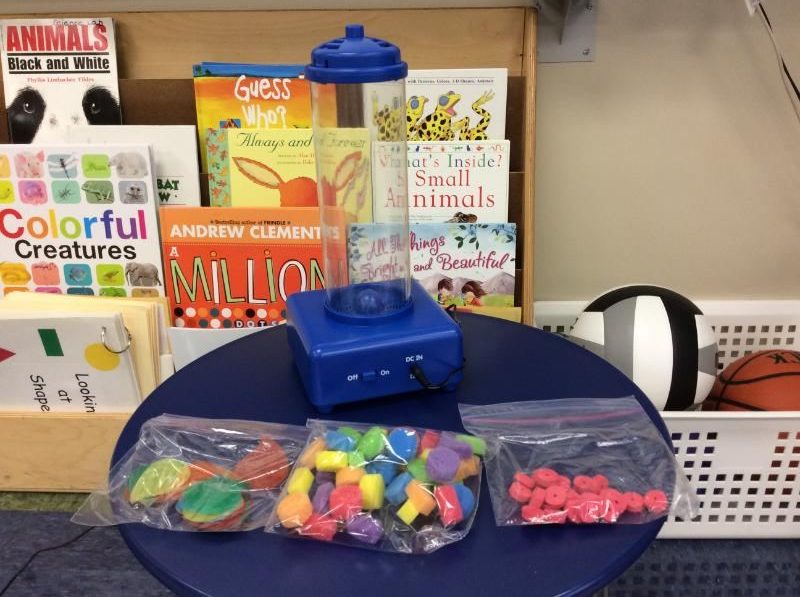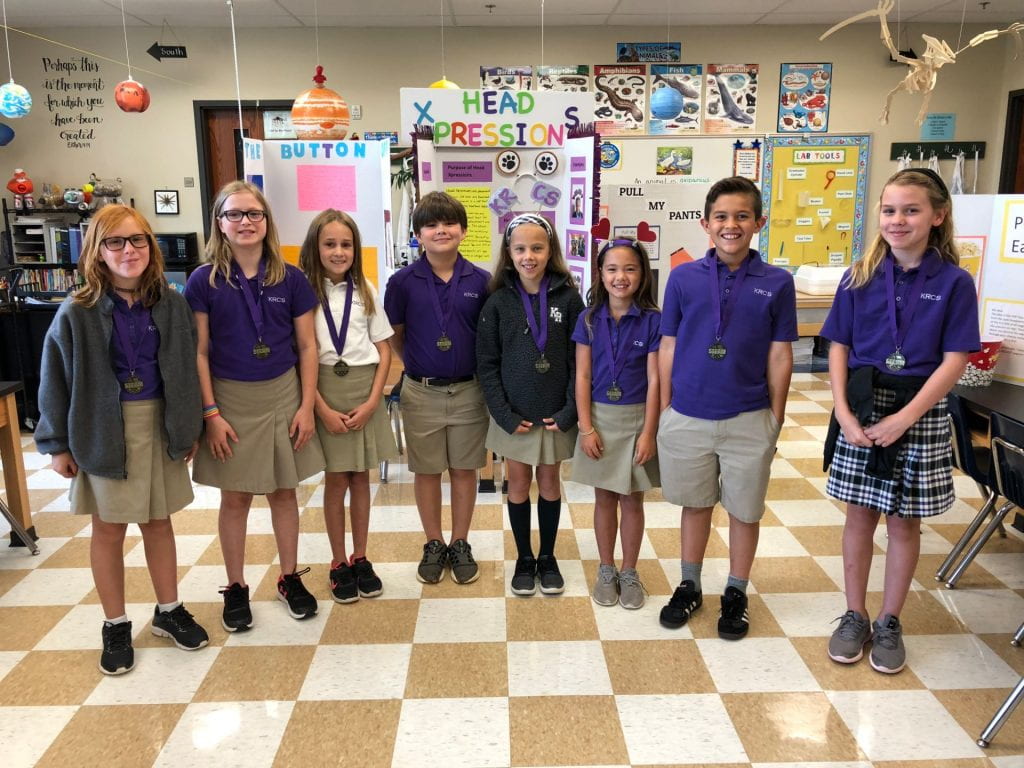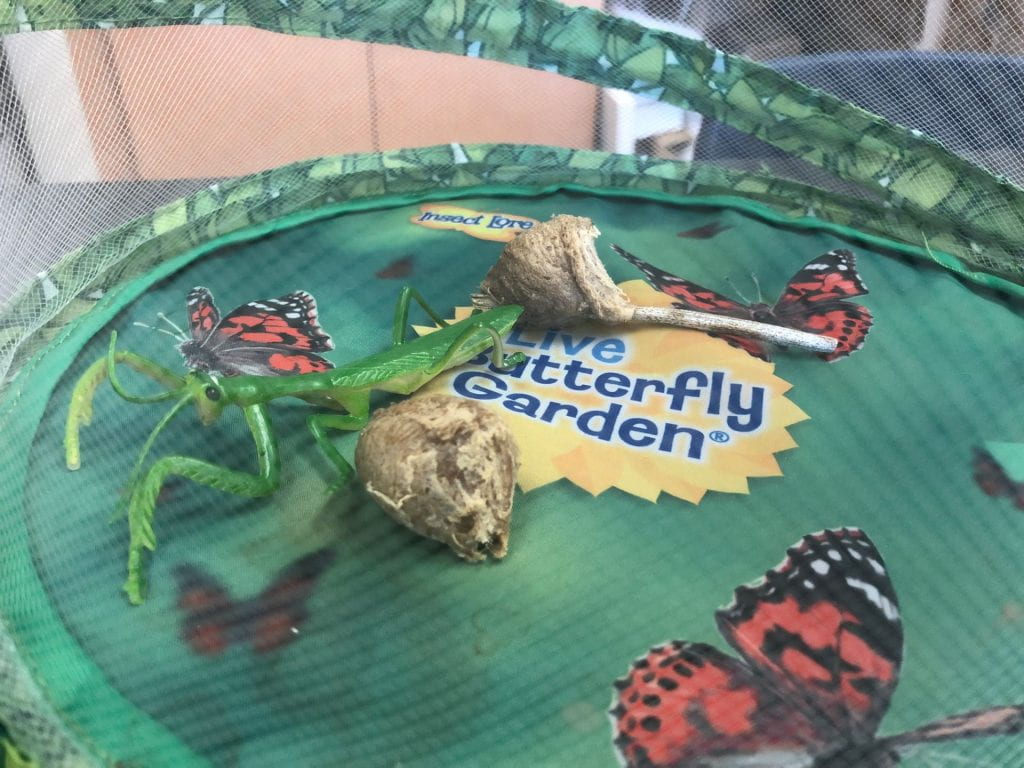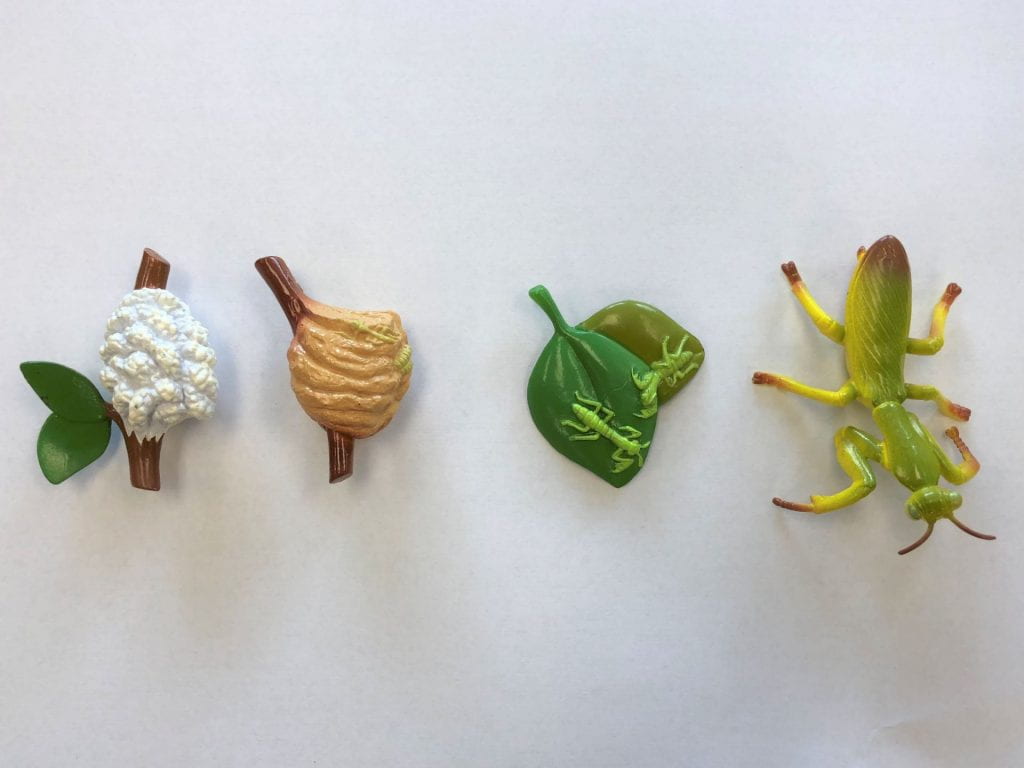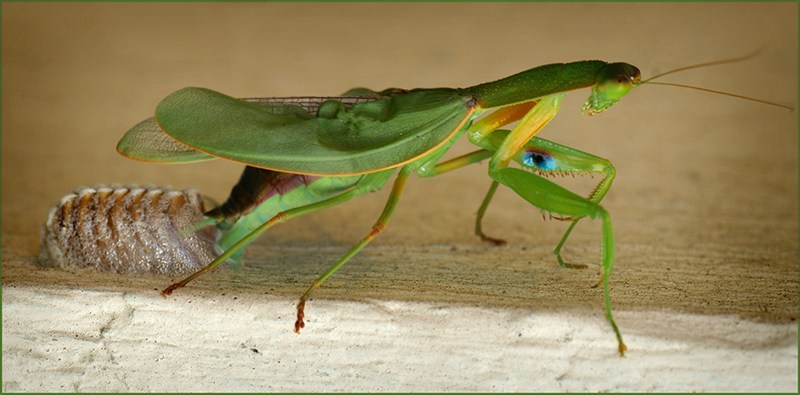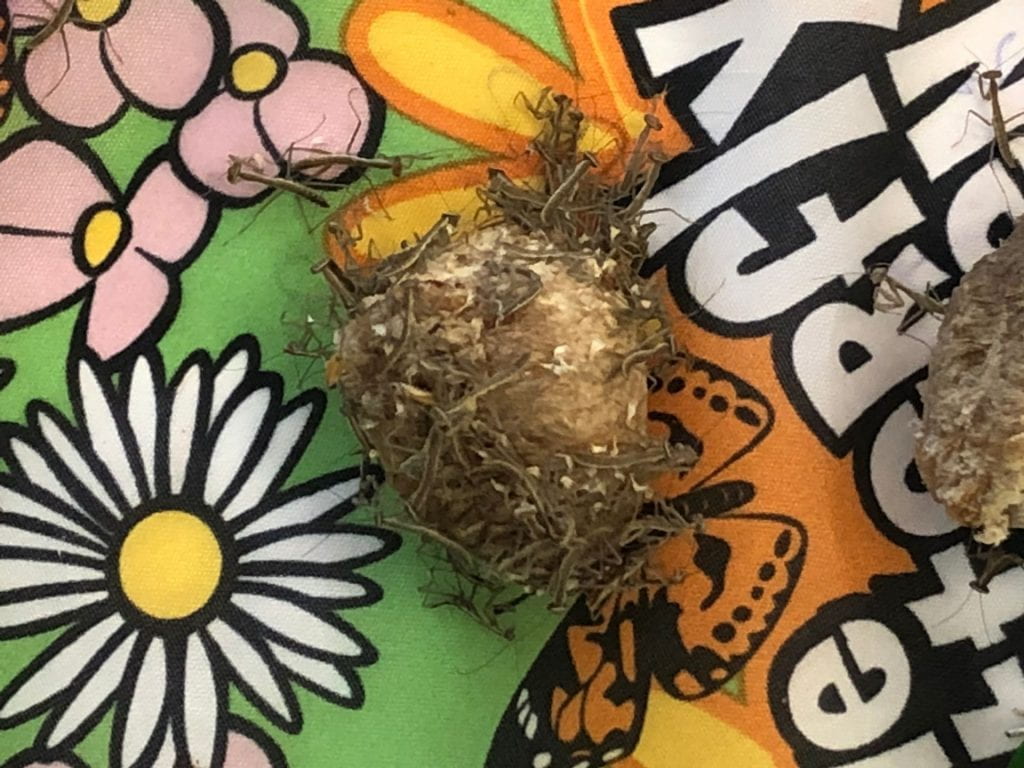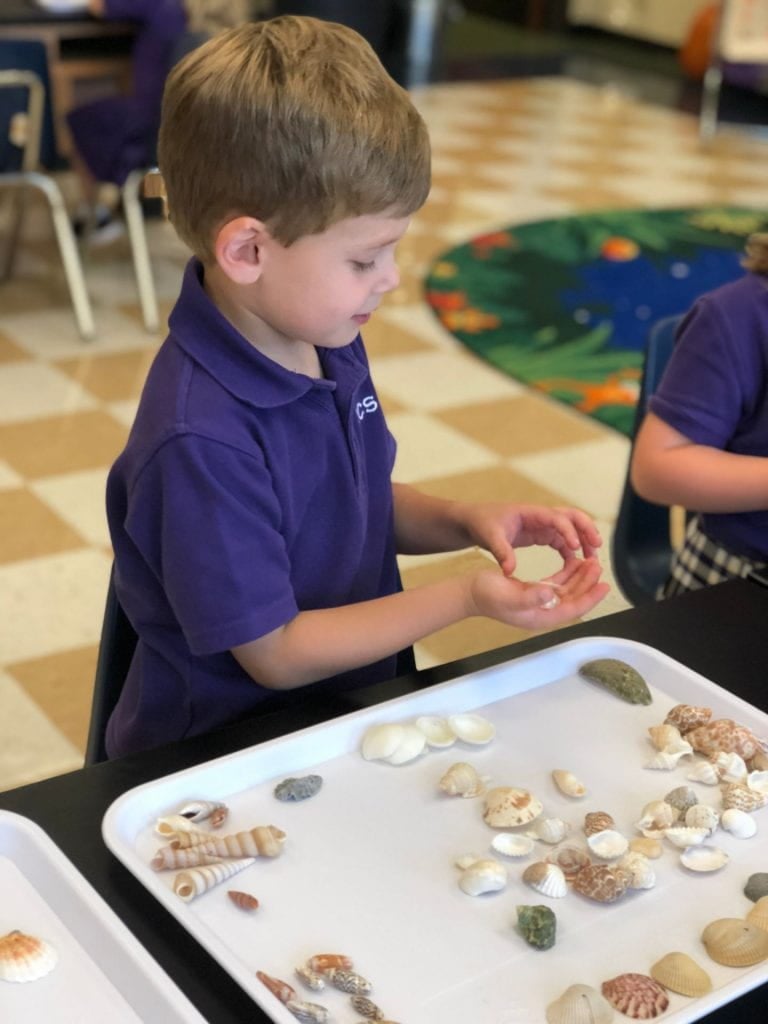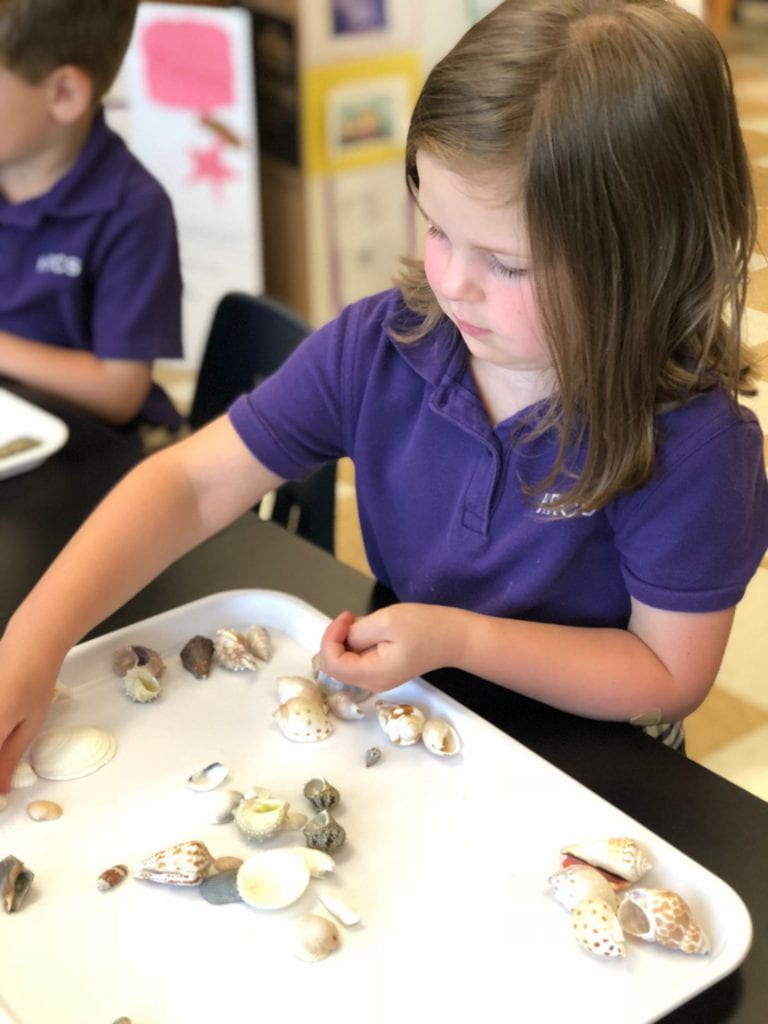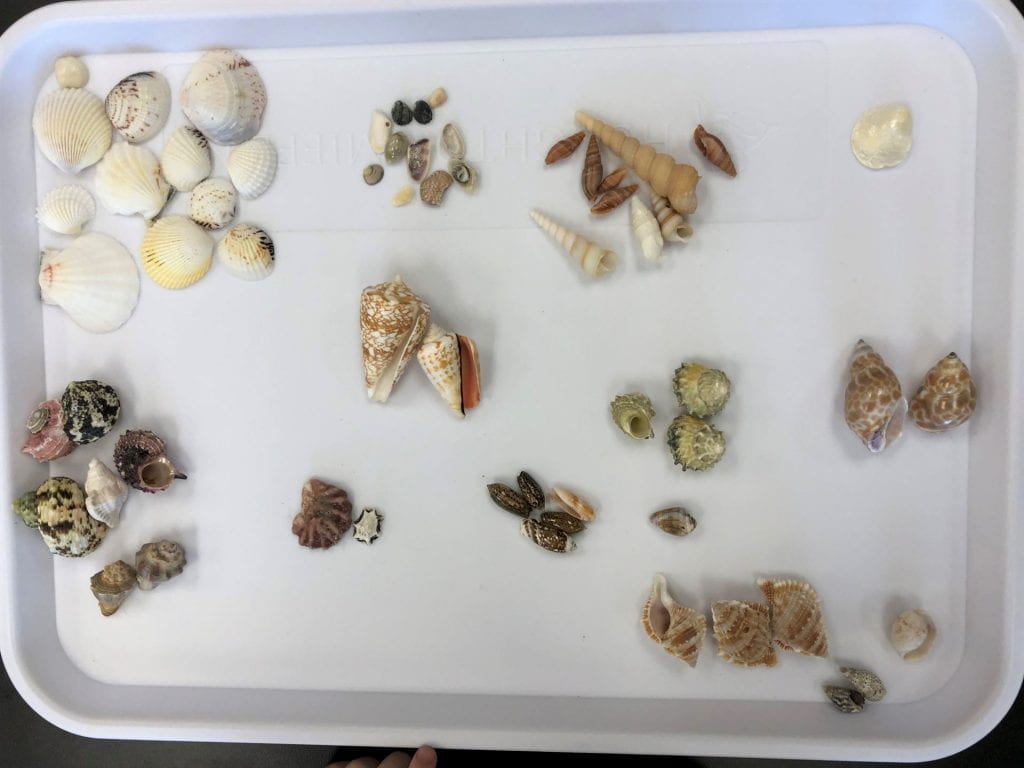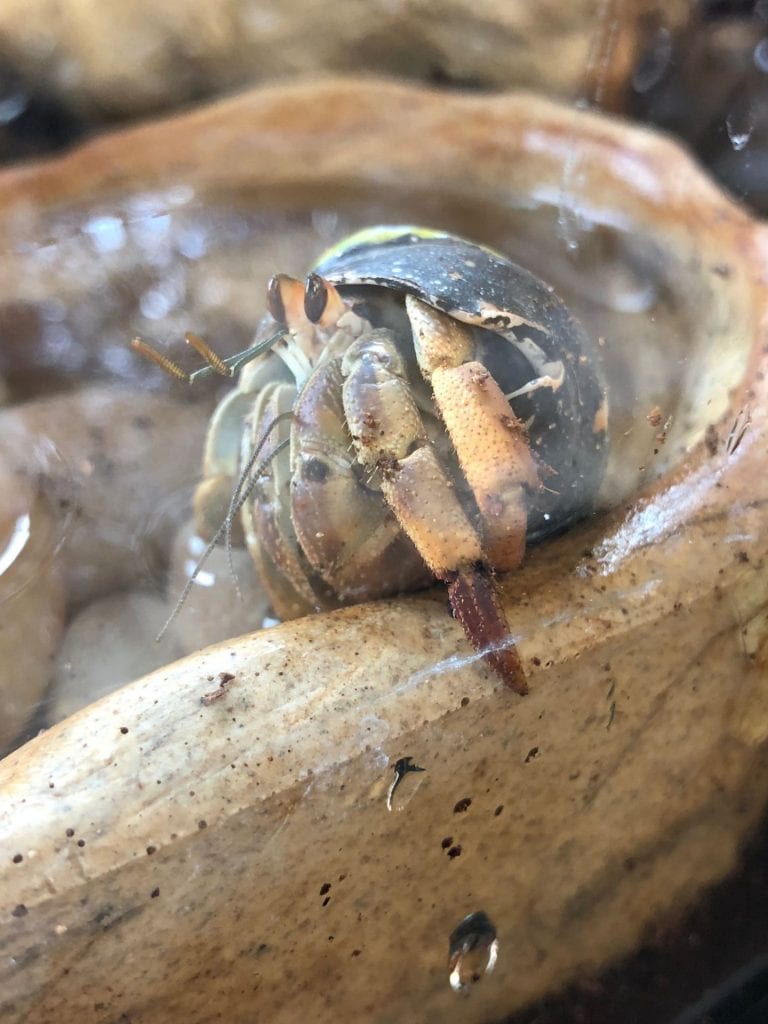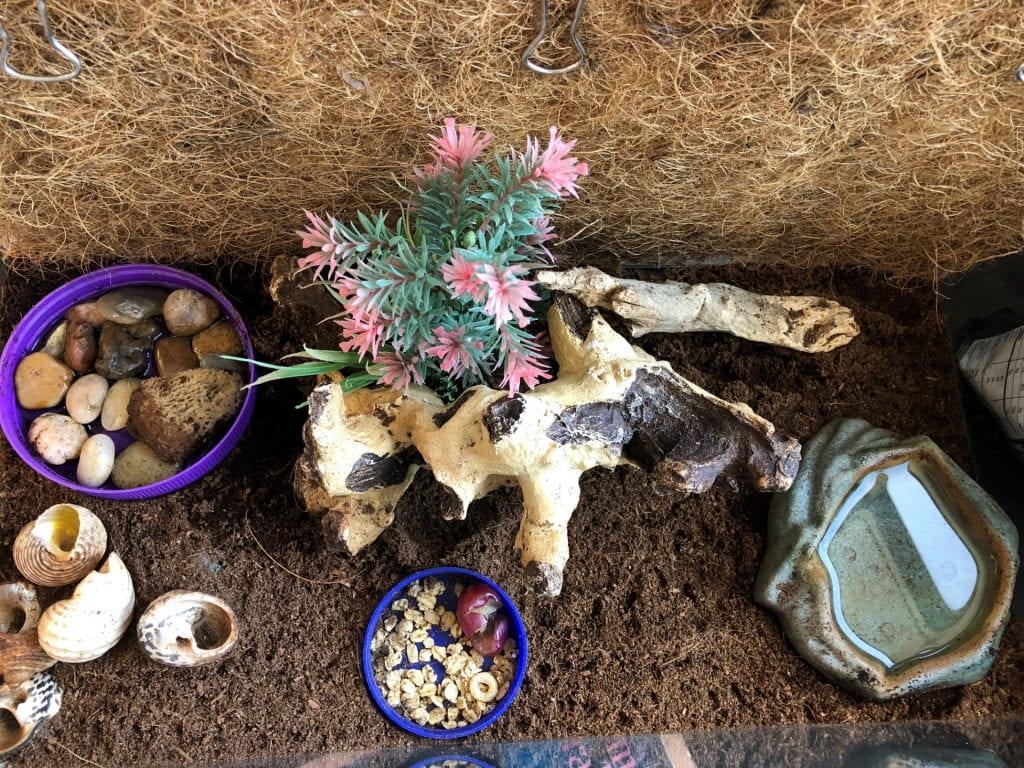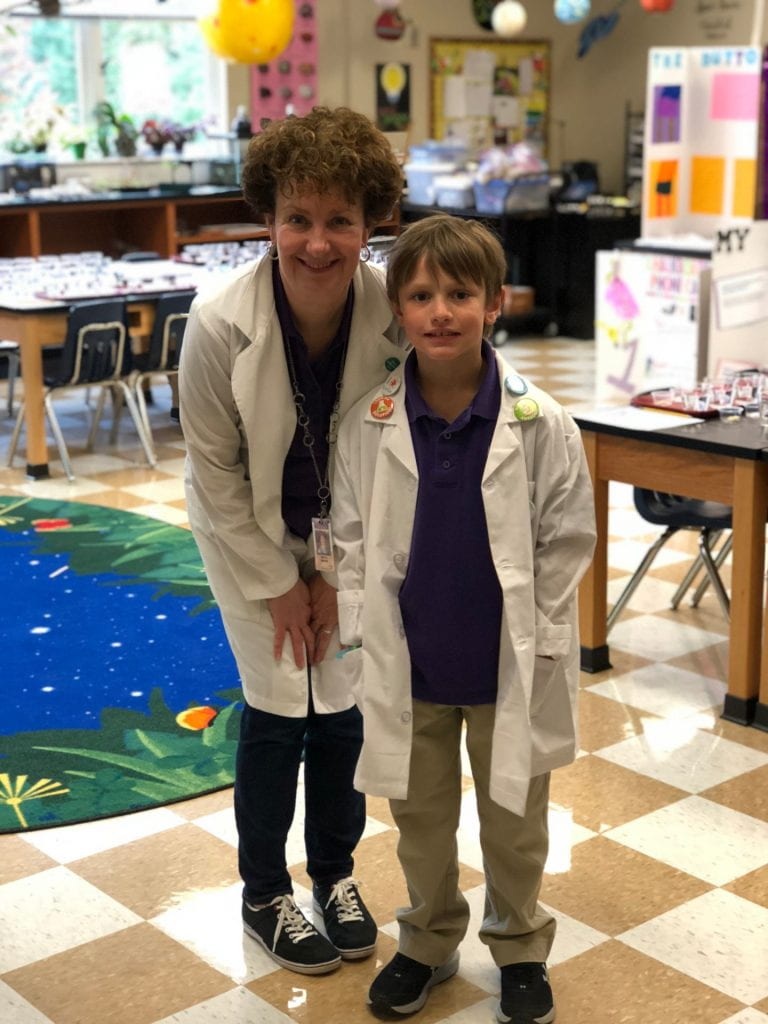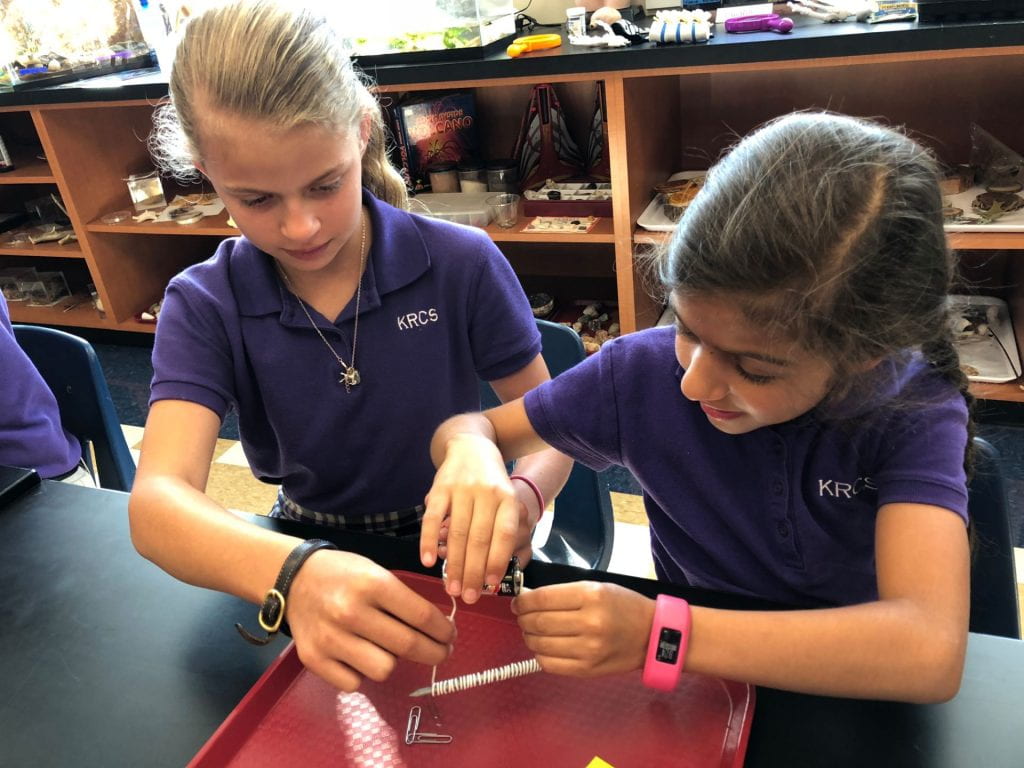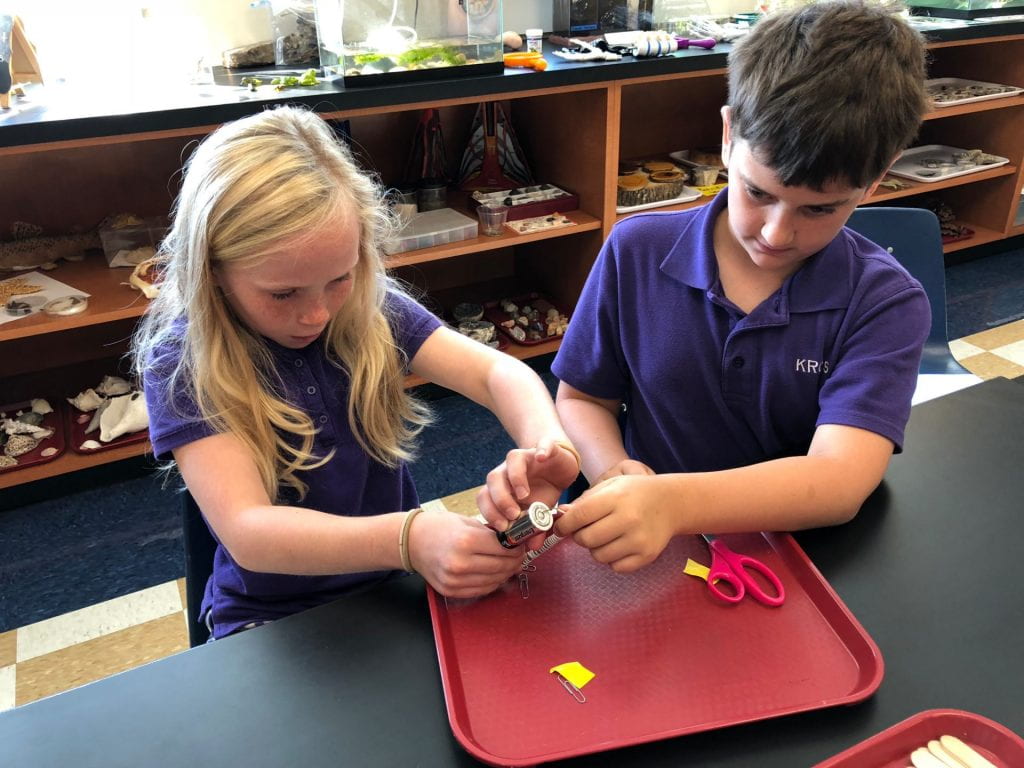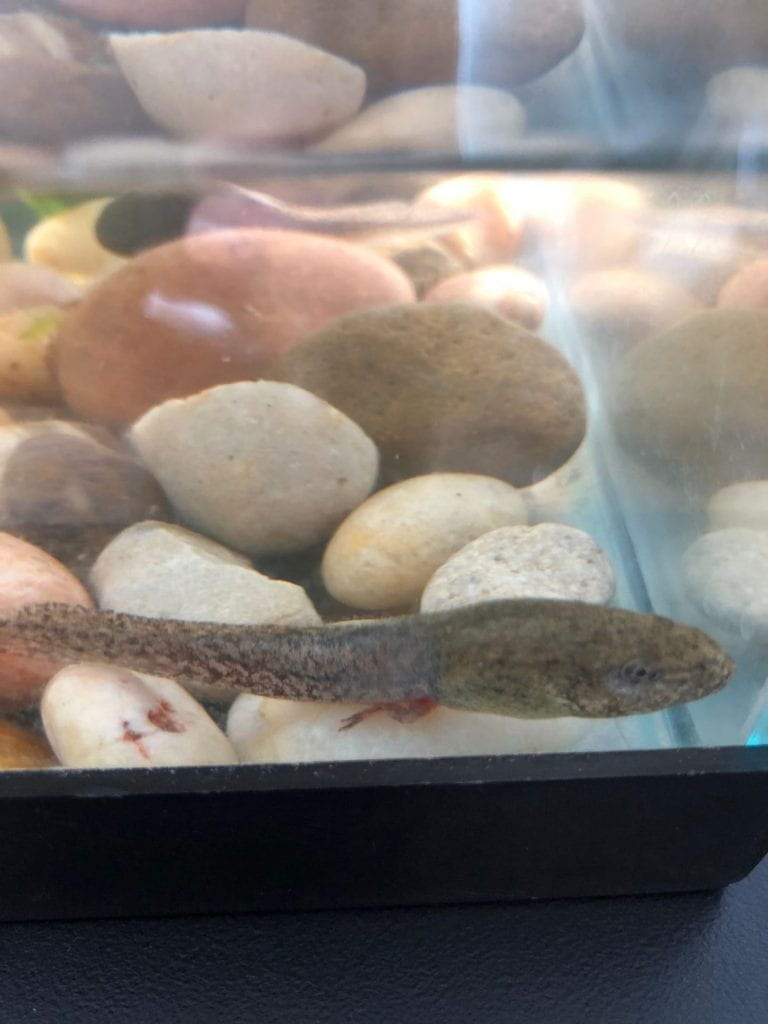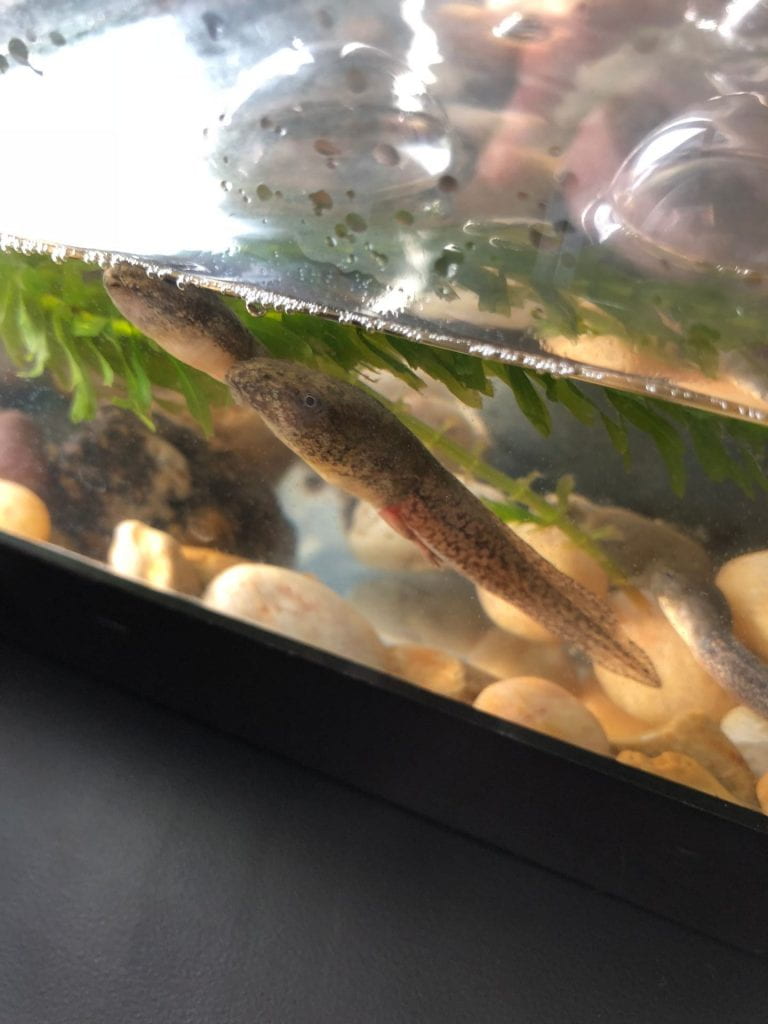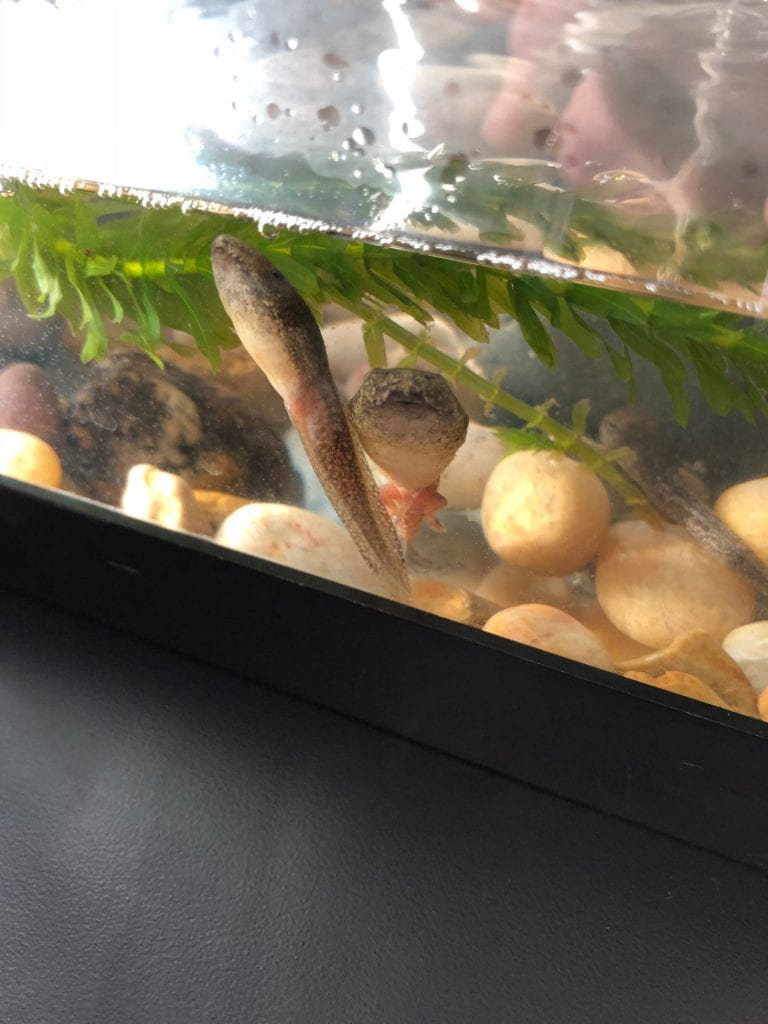First grade meteorologists investigated vortexes in this weather lab. A vortex is a mass of whirling fluid or air. A tornado is an example of a vortex. Click here to learn more about tornadoes.
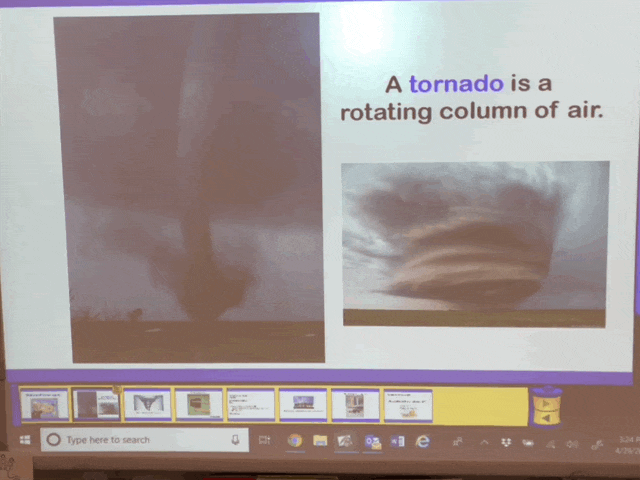
What do you wonder about this vortex bank? What if we placed more than one coin inside at the same time? Would the size of the coin (nickel, dime, or quarter) change the speed? How would a marble or a ball move? Click here to watch one in action.
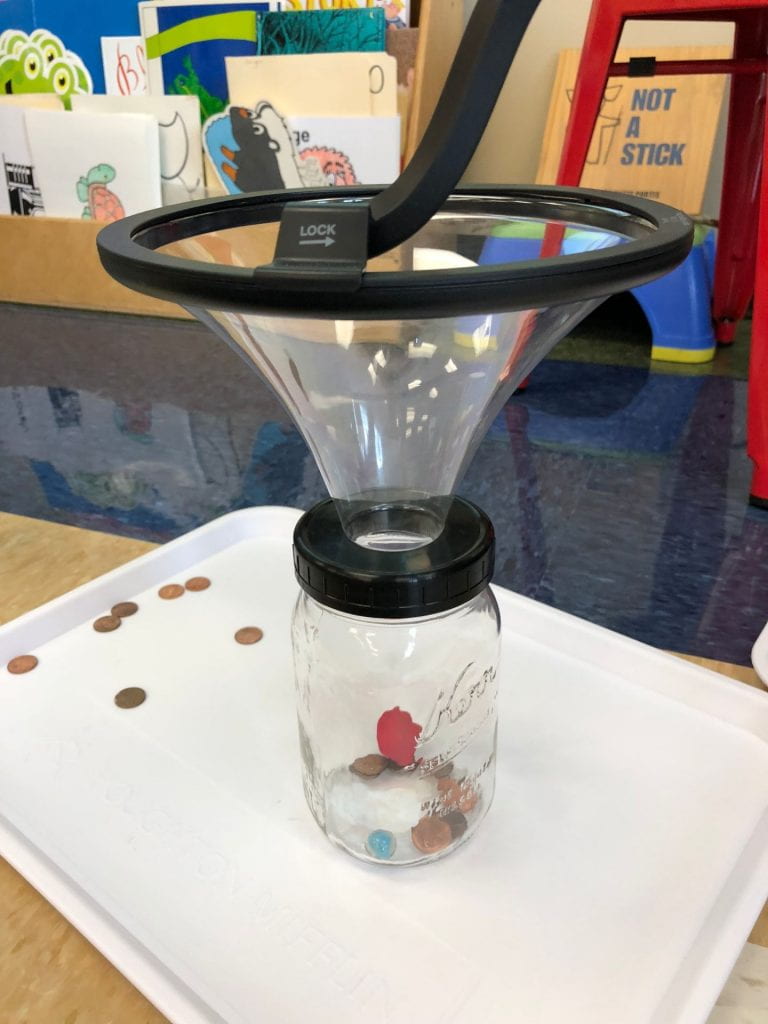

A milk frother can form a vortex.
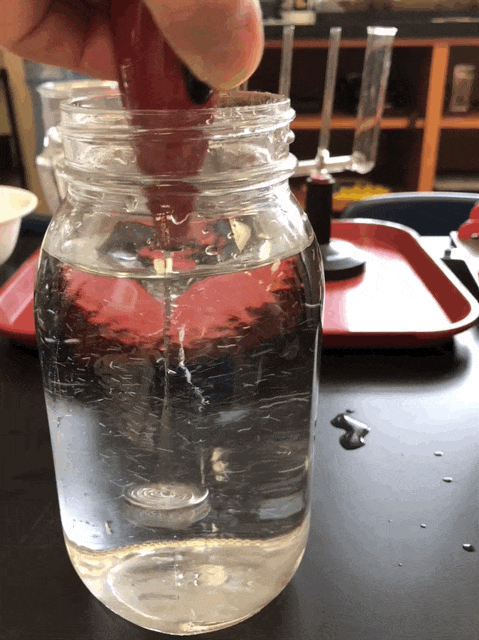
This jar is just filled with water, a little dish soap, and glitter. Twirl it and a vortex that looks just like a tornado appears.
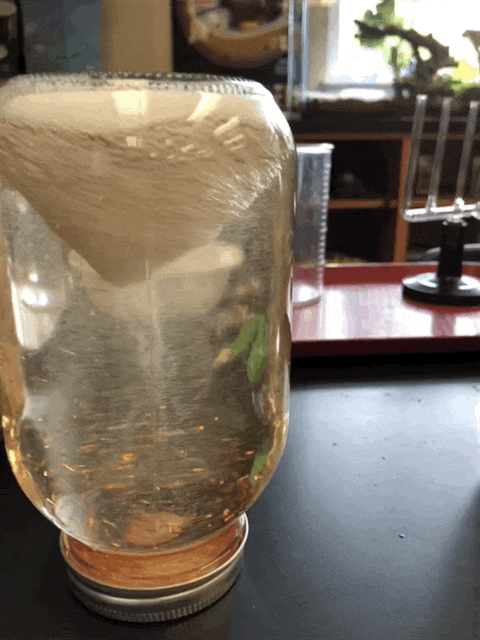
At the end of lab, we used tornado tubes. How do they work? Through our investigation, we discovered that the air and water are changing places.
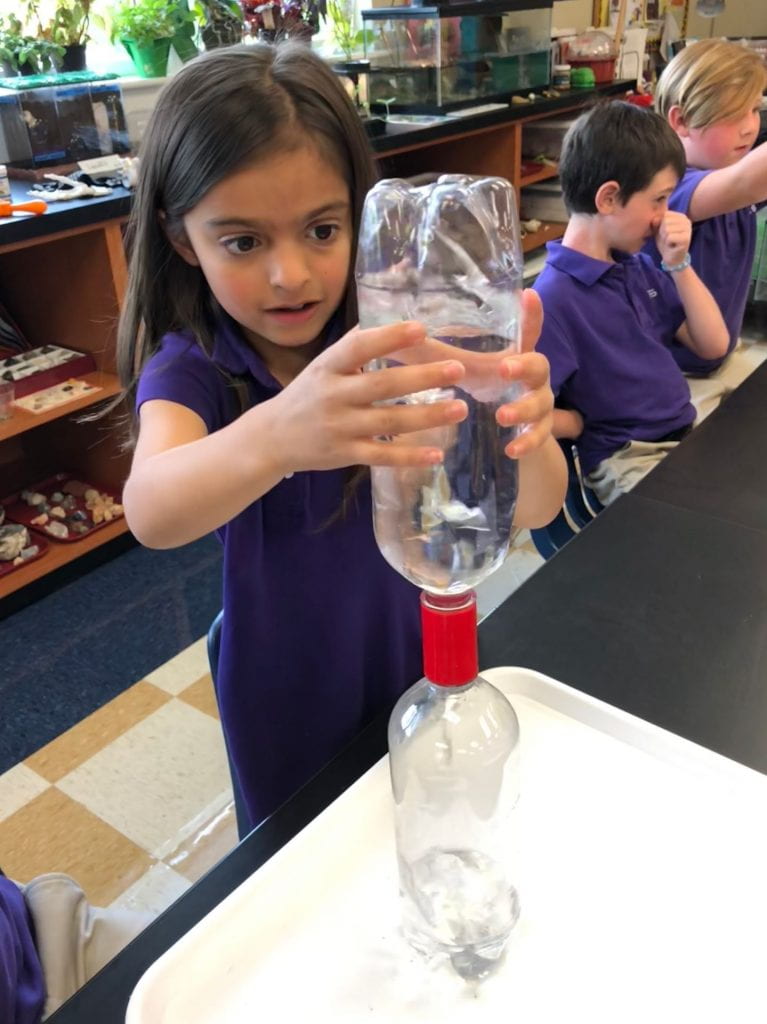
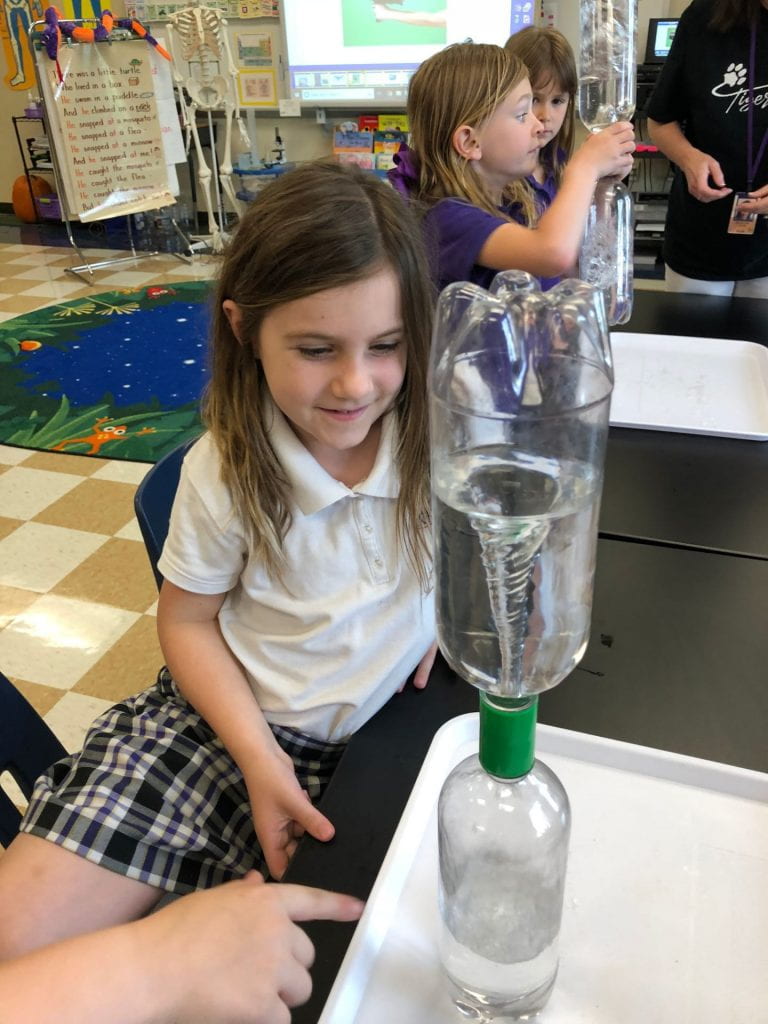
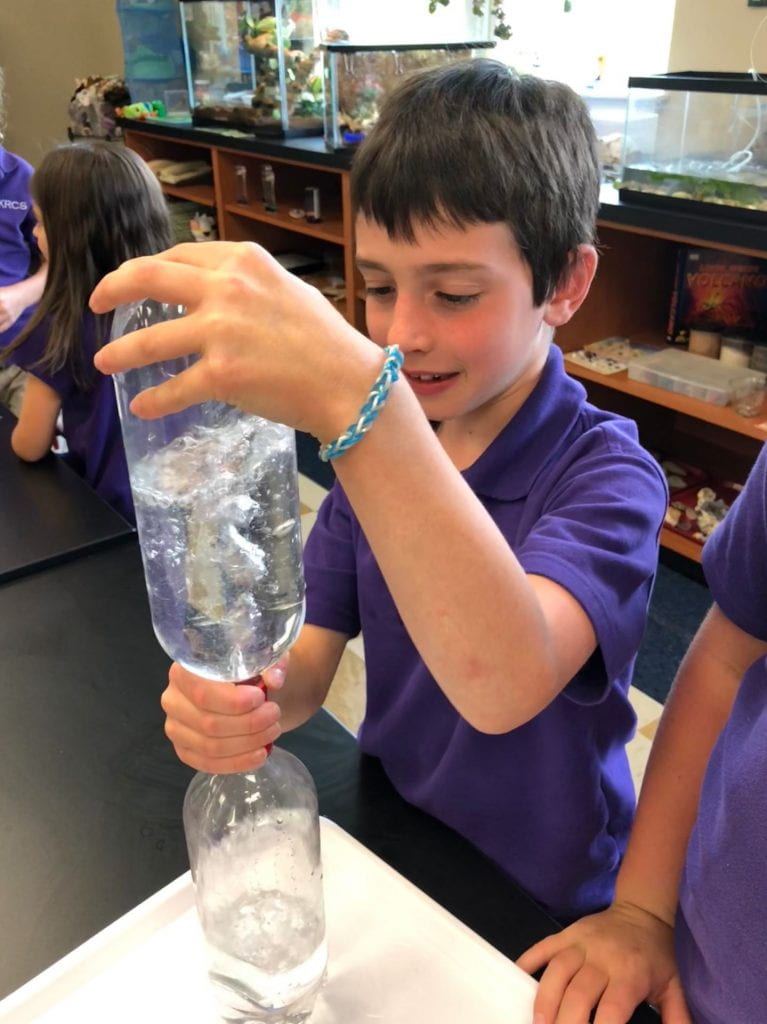
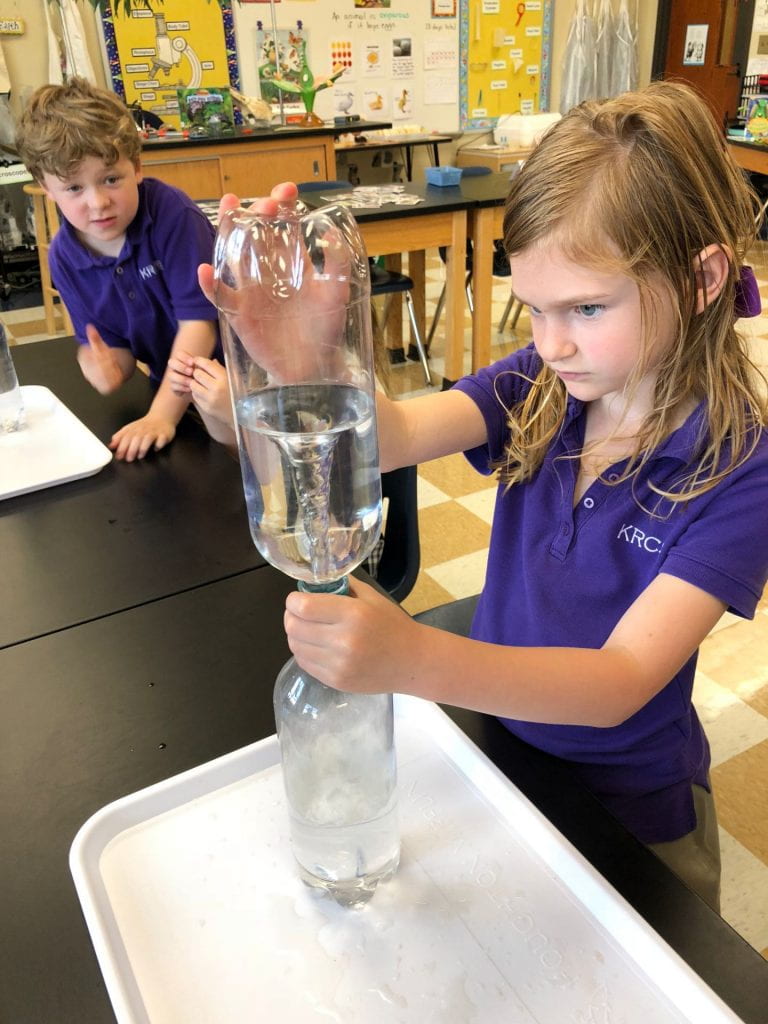

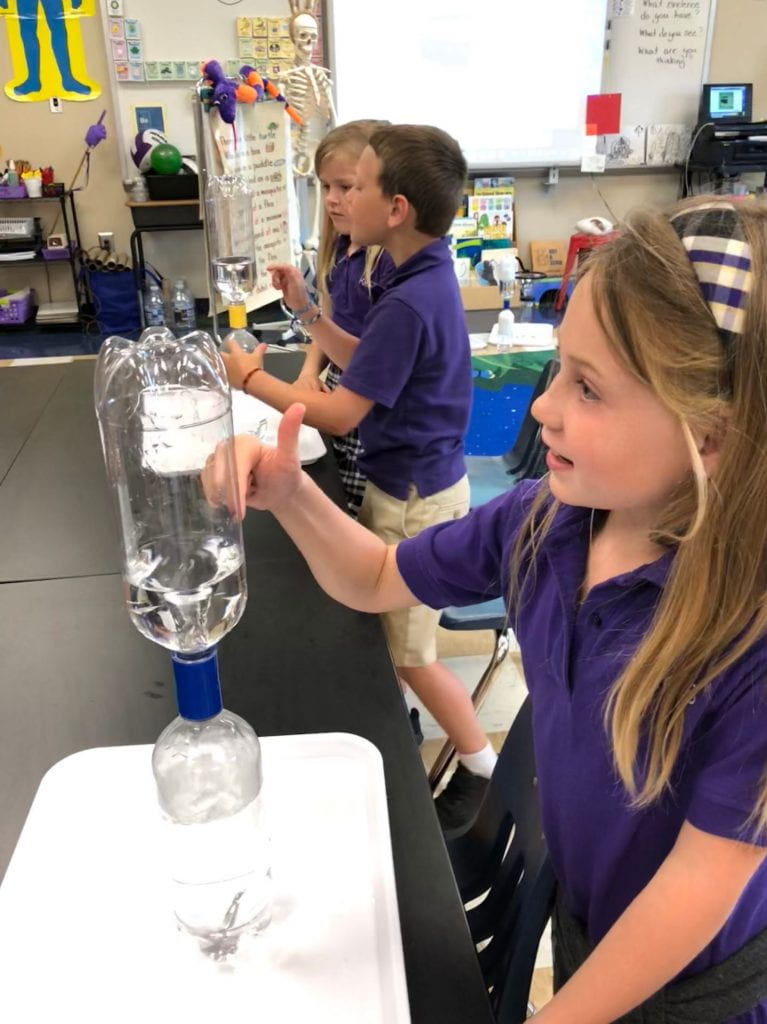
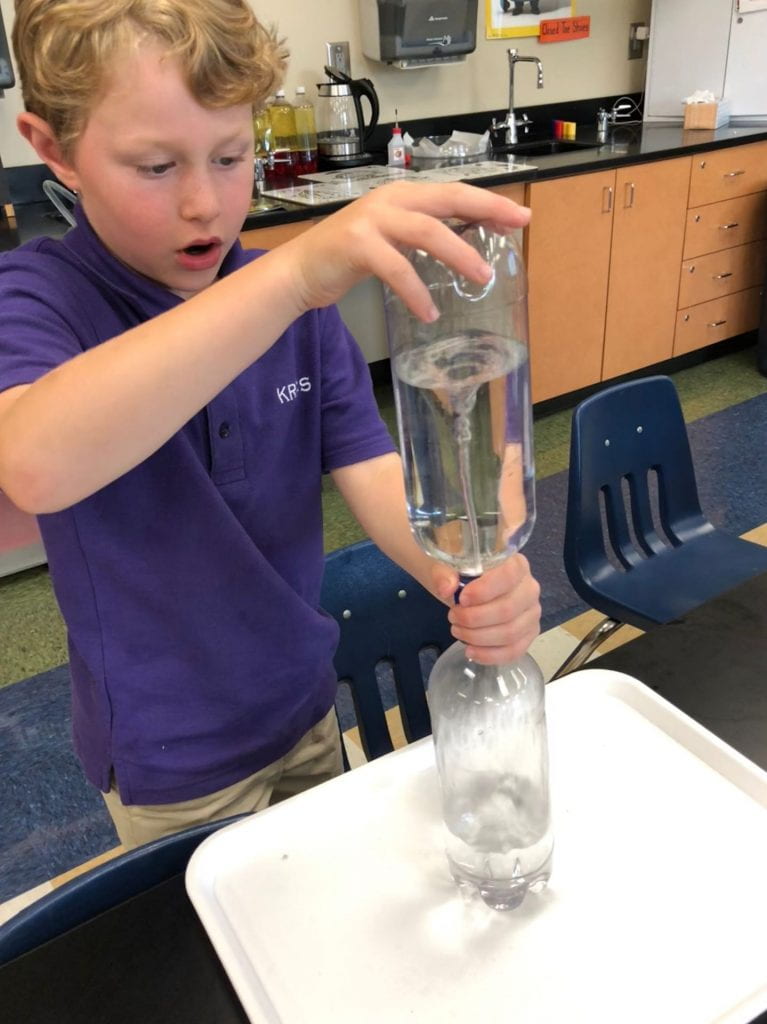
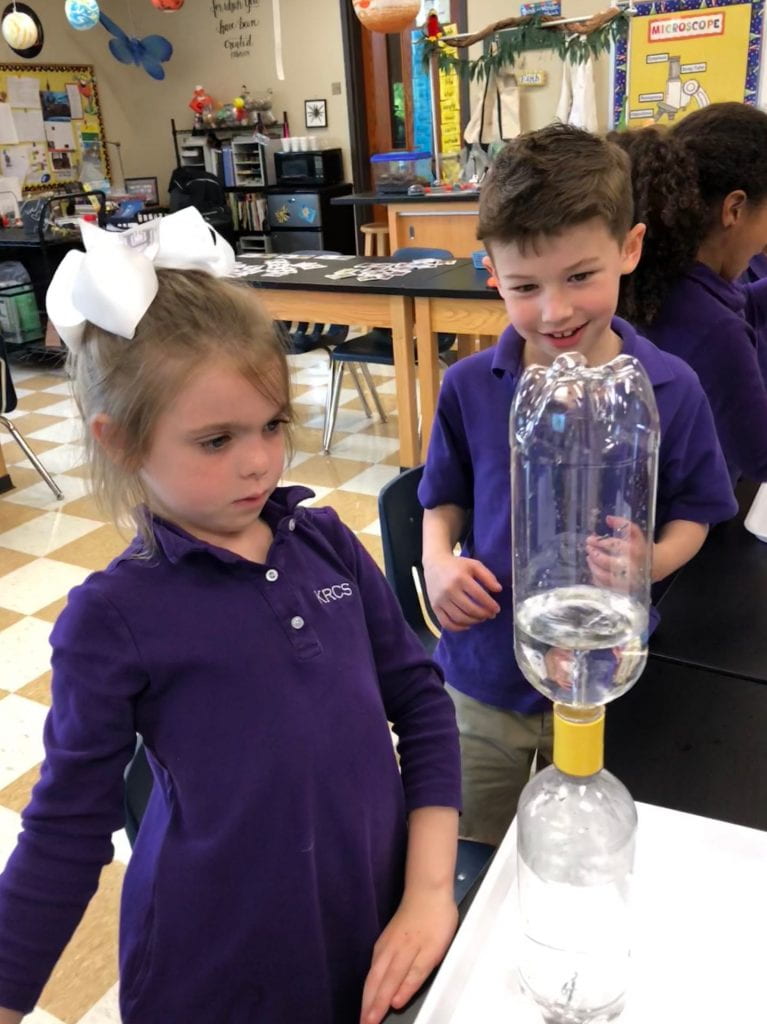



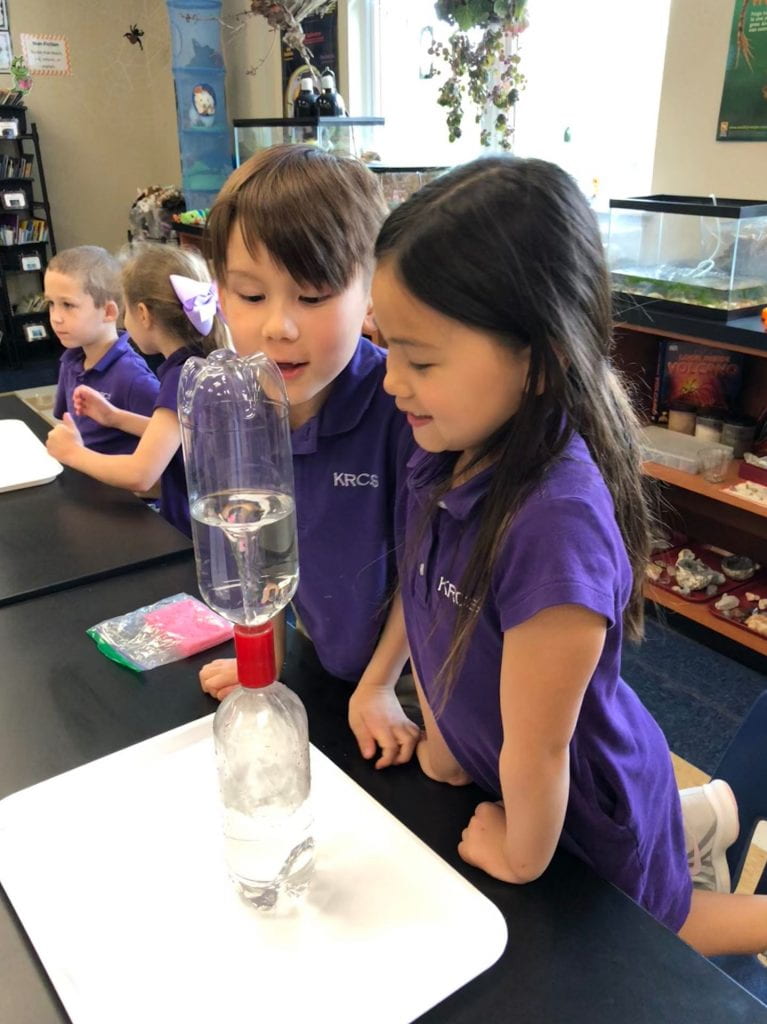
I used a tornado tube between two jars filled with Styrofoam balls and water. What is happening? Why?
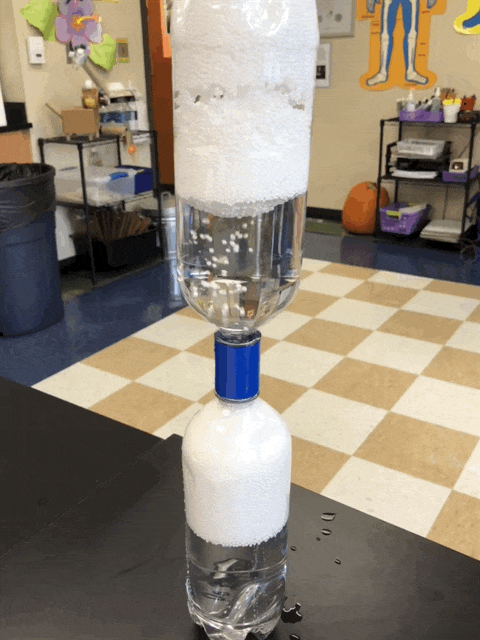
I filled this air vortex cannon with water vapor. Watch it in slow motion. Click here. (Wait for it!)
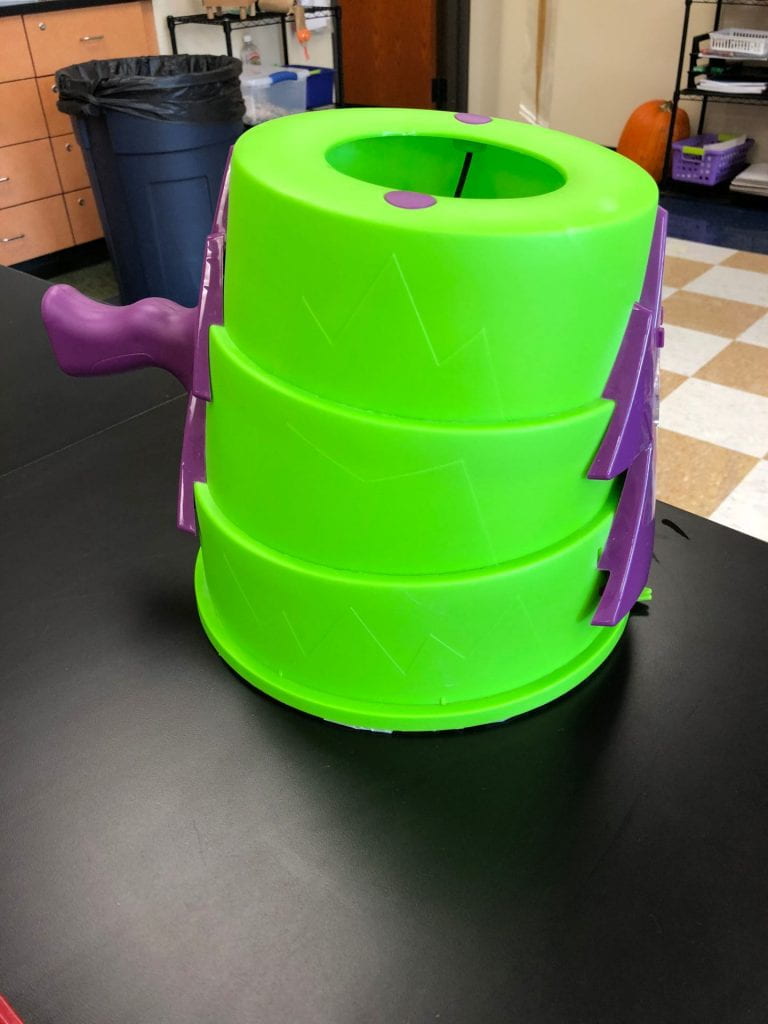
I pulled out our new wind tunnel. It came with three different materials of various weights, sizes, and shapes. Airflow can be adjusted by opening and closing the vents on top. We had fun thinking like scientists and trying to predict how the materials might move. We also tried some other objects.
